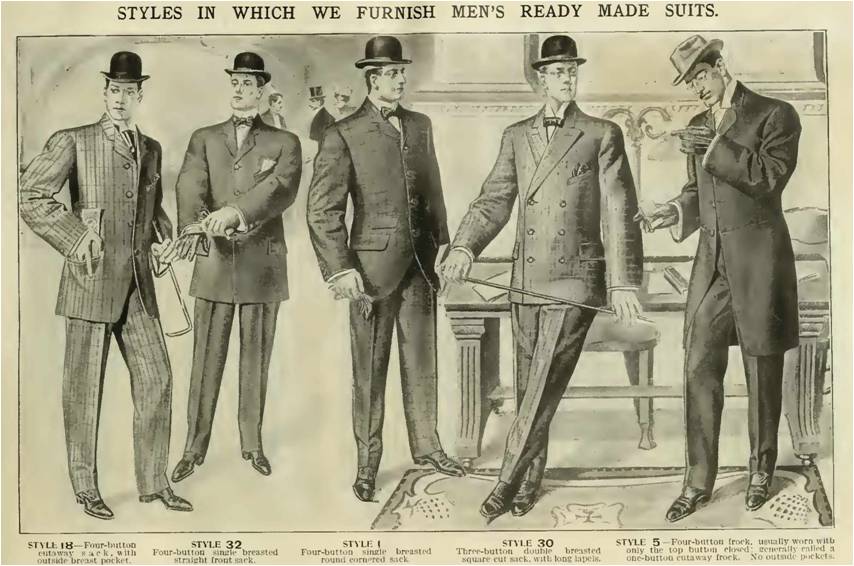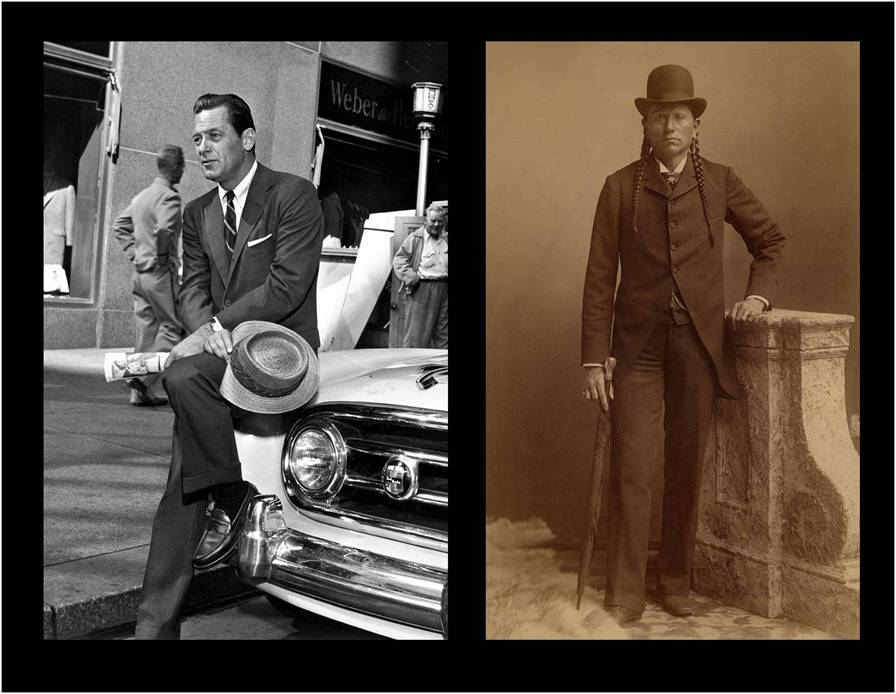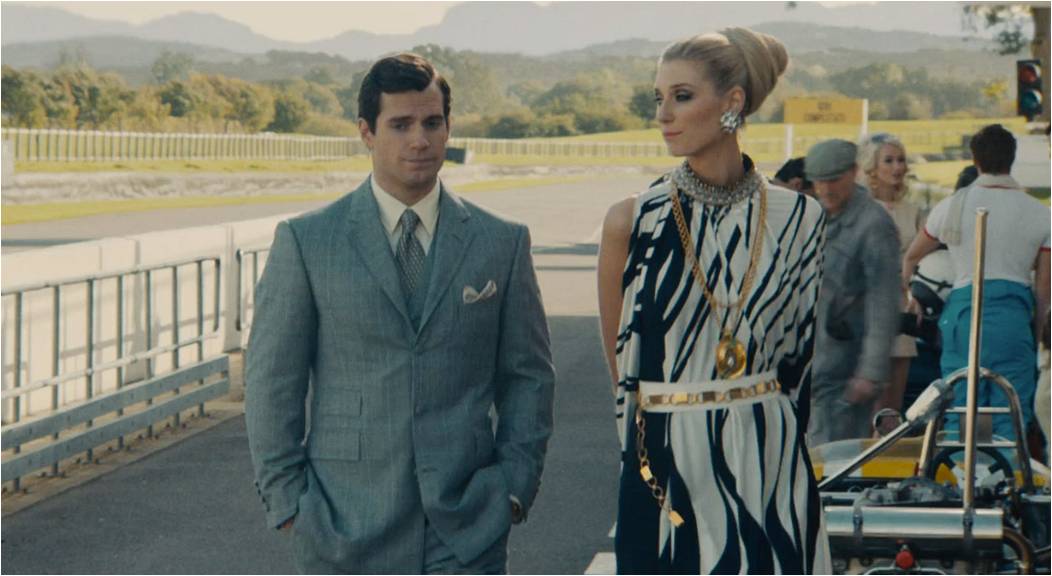 The Fashion For Men – At the first time, sack suit was an alternative to the frock suit that has function for sports activities at the seaside. But it had changed, by the 1860s, people began wearing it for daywear. Sack coats had dominate the mode of men’s dress style. And when people began to wear tuxedo, eventually made frock suits obsolete. Yeap, thats the summary, now lets get some insight of Sack Suit History.
The Fashion For Men – At the first time, sack suit was an alternative to the frock suit that has function for sports activities at the seaside. But it had changed, by the 1860s, people began wearing it for daywear. Sack coats had dominate the mode of men’s dress style. And when people began to wear tuxedo, eventually made frock suits obsolete. Yeap, thats the summary, now lets get some insight of Sack Suit History.
The Beginning Of Sack Suit
Throughout the 19th century, the frock coat dominated men’s outfits. It has different style with sack coats, frock coat had a waist seam and frequently padded in the chest. It had vertical seams vs the sack, which usually had three. The frock came in many different cuts including the cutaway and tails. At the end of that century distinctive characteristics of the sack coat included a small collar and a fastened top button close to the neck. The other unique parts are short lapels, fairly-rounded front hems, welt pockets on the hips and chest.
At the first time, men viewed the sack suit as an informal subtitute to the frock suit that could be worn for sports or leisure activities at the seaside or in the country. By the 1860s they began wearing it for daywear. Later, men were choosing the sack suit for business and travelling. The other function was as morning wear on the street.
Another informal feature of the sack suit was that all three pieces were made from the same fabric. Plaids, small checks, or narrow stripes in dark color coordination, especially browns, as they preferred fabrics for sack suits. But not all men wanted “quiet combinations,” as evidenced when one of fashion influencer complained in 1876 that “Our fast young men will find something to be noisy in, in the shape of loud plaids, the patterns more striking than tasteful.”
By the turn of the century, sack coats had become the dominant mode of men’s dress, with frock coats regulated to formal occasions. The introduction of the tuxedo, a formal sack coat, eventually made frock suits obsolete.
It was introduced to America slightly redesigned by Brooks Brothers in 1895. World War I put men in uniform and restricted the excess use of cloth for civilian use. Tweed and Flannel became popular suit fabrics. Unfortunately, all of this ended in Black Friday 1929.
During the 1930’s rich people showed their money by wearing double-breasted suits. The Duke of Kent method of unbutton top button on his double-breasted suit creating a longer diagonal line across his chest make an impressive look. It gives the wearer a thinner and more dynamic look. “Prince of Wales” checks or Glen plaid as worn by the King Edward VIII caught on.
At that time, influencers were the flamboyant look of American Gangsters who wore bolder plaids, wider stripes, brighter colors, and wider trouser bottoms. And the blazer became accepted for casual wear at sporting events.
The Changes of Men’s Fashion World
World War II brought drastic and quick changes to men’s fashion, marked by regulation L-85 that issued by US Government War Production Board. Excessive cloth became the casualty of war like pleats, patches, cuffs, vests, and even a second pair of pants with suits, all of them disappeared along with the double-breasted suit. Natural fibers were also restricted which forced to produce from artificial fibers like viscose and rayon. Fashion designers have responsibilities to create styles that would last several seasons.
After World War II, there was a trend to full-cut clothing as luxury indication. The khaki pants came home with the veterans and took their place in civilian life. Even the new style called “Bold Look” which featured loose fitting, three button, single breasted suits with vents and notched lapels. Peaked lapels were reserved for double-breasted styles from then on.

